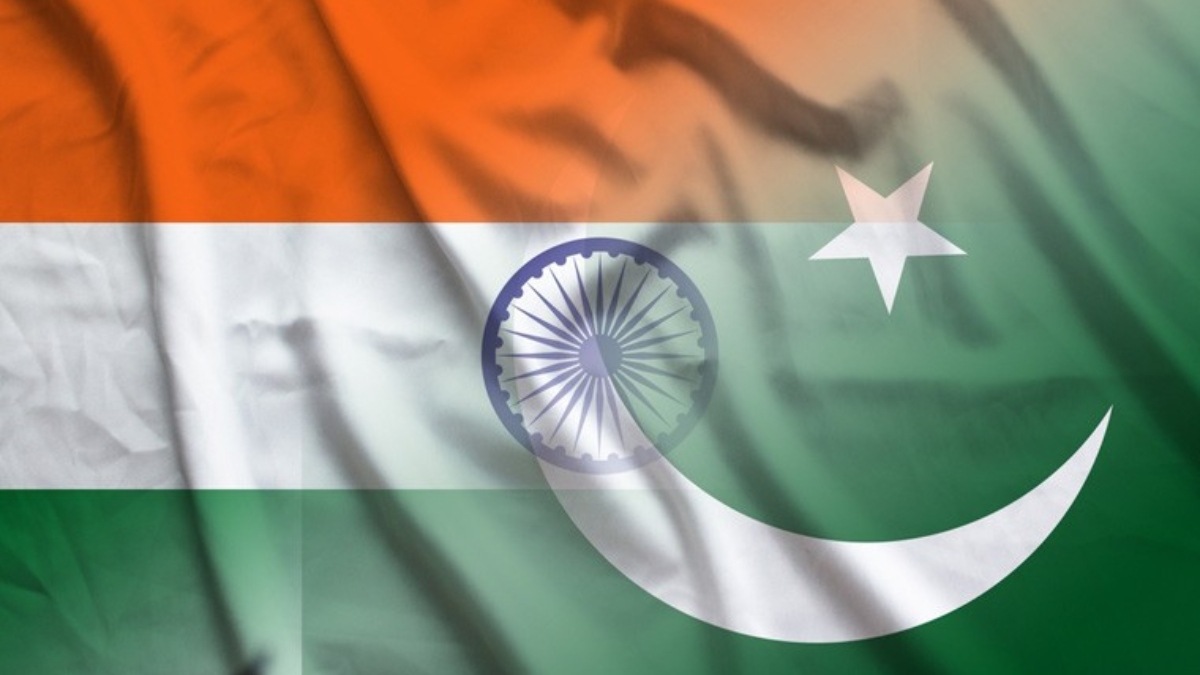With Indo-Pak border ceasefire in flames, India opts for ‘calibrated statecraft’
 Representational image
Representational image
Demonstrating a matured response to Pakistani provocations, including “nightly and indiscriminate” firing from across the border, India has opted for a ‘calibrated statecraft’ model that has three main pillars that combine “diplomatic isolation, economic pressure and a poised but restrained military stance.”
Despite the provocations, India has “adopted a measured, punitive and strategically coherent course of action rather than an impulsive knee-jerk retaliation”, informed sources told THE WEEK.
This posture has given New Delhi the “strategic initiative” underscoring the credibility of its deterrence while maintaining that the perpetrators of the brutal April 22 gunning down of 26 tourists in Baisaran valley in Kashmir’s Pahalgam will be pursued “till the ends of earth” to bring them to justice.
In a security review meeting on April 29, Prime Minister Narendra Modi had granted the Chief of Defence Staff and the three Chiefs of the Indian Army, the Navy and the Air Force “full freedom to select the time, target and method of retribution”.
However, at the moment, the 2003 ceasefire pact is in flames with the Indo-Pak border becoming a ‘live’ one now both on the Line of Control (LoC) and the International Border.
ALSO READ: Mumbai to Pahalgam: India's unfinished battle against terrorism
Despite a very unsteady bilateral relationship between India and Pakistan, it was a ceasefire on the LoC that held for long, about 22 years to be precise, until the Pakistani Army opened fire on the intervening night of April 25-26, just three days after the Baisaran valley massacre.
The firing from the Pakistan side began soon after India announced putting on “abeyance” the Indus Water Treaty 1960 which too had survived wars and decades of the rocky relationship. The holding of the Indus Water Treaty was among a raft of other measures including the closing of borders that were announced by India.
The cross-border firing from multiple Pakistan Army posts, all along the LoC, has spilt over to the International Border that runs south of the LoC, only to be responded appropriately by the Indian troops.
Pakistan has resorted to these cross-border firings after being rattled by condemnation of the attack by Pakistan-supported terrorists from most world leaders and also to stave off immense domestic political pressures building up.
There are already reports from Pakistan of the growing unpopularity of the General Asif Munir-led Pakistan Army.
Other reasons for these firings include an attempt “to mask terrorist infrastructure” and to provoke an Indian disproportionate over-reaction that could bring the Kashmir issue into focus on the global stage.
Traditionally, firings from across the border were to aid terrorists to slip across into India especially when the snow melts.
Excluding the overground workers and informer network, Indian intelligence agencies have put the number of active militants in Jammu and Kashmir now at 120-130 with another 110-120 waiting in the 42 terror launch pads across the Line of Control (LoC).
Defence